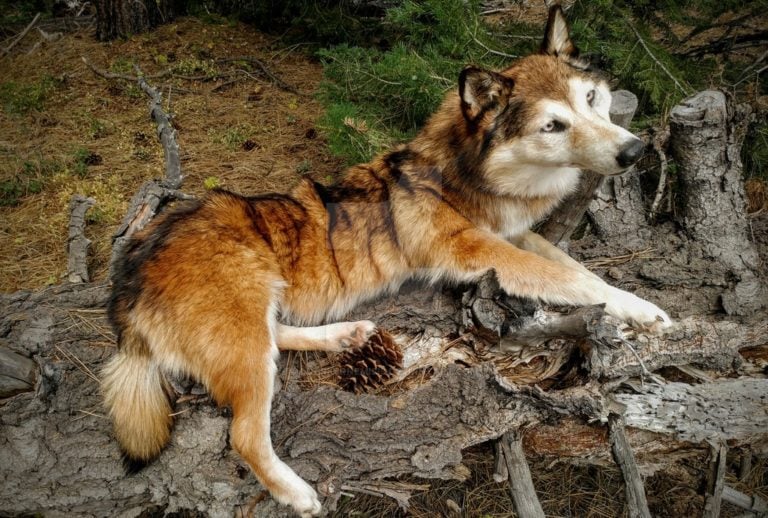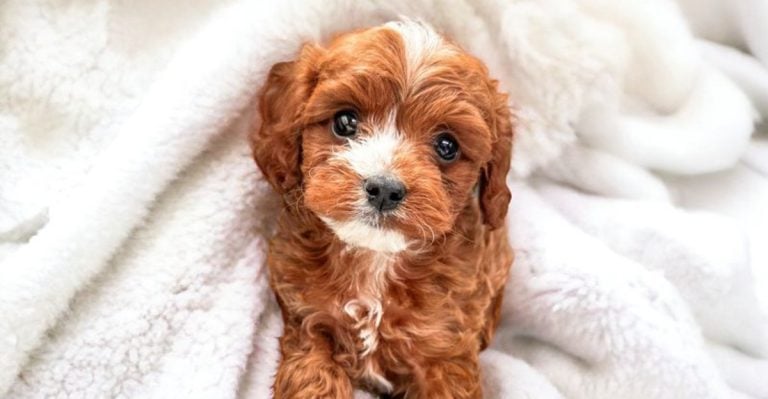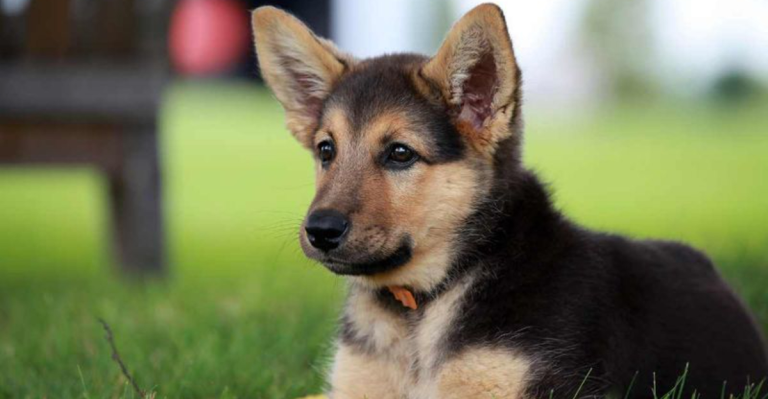15 Dog Breeds That Are Too Demanding
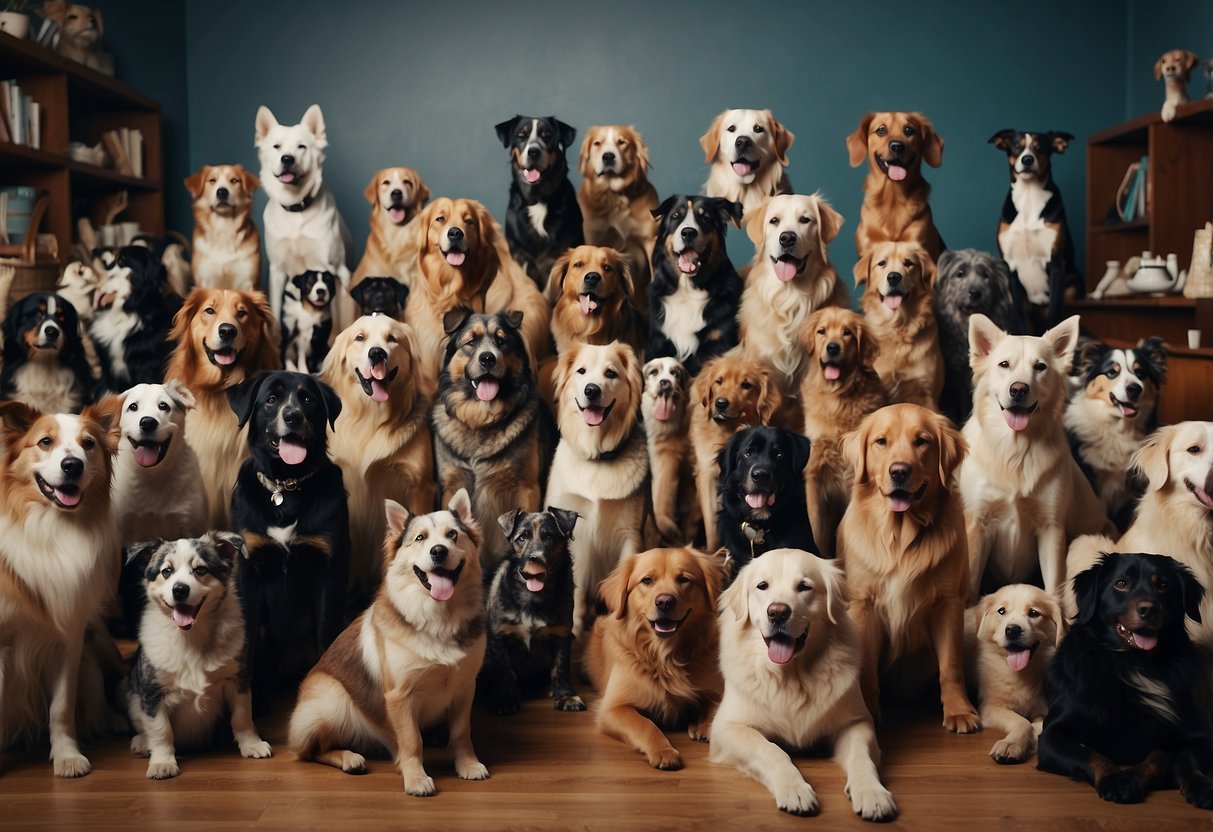
Dogs make wonderful companions, but some breeds require more time, energy, and attention than others. Not every potential dog owner is prepared for the demands of certain high-maintenance breeds.
These dogs often need extensive exercise, grooming, training, and mental stimulation to thrive.
Prospective dog owners should carefully consider their lifestyle and capabilities before choosing a demanding breed.
While these dogs can be incredibly rewarding for the right owners, they may become destructive or unhappy if their needs are not met.
Understanding the unique requirements of different breeds helps ensure a good match between dog and owner.
1. Border Collie
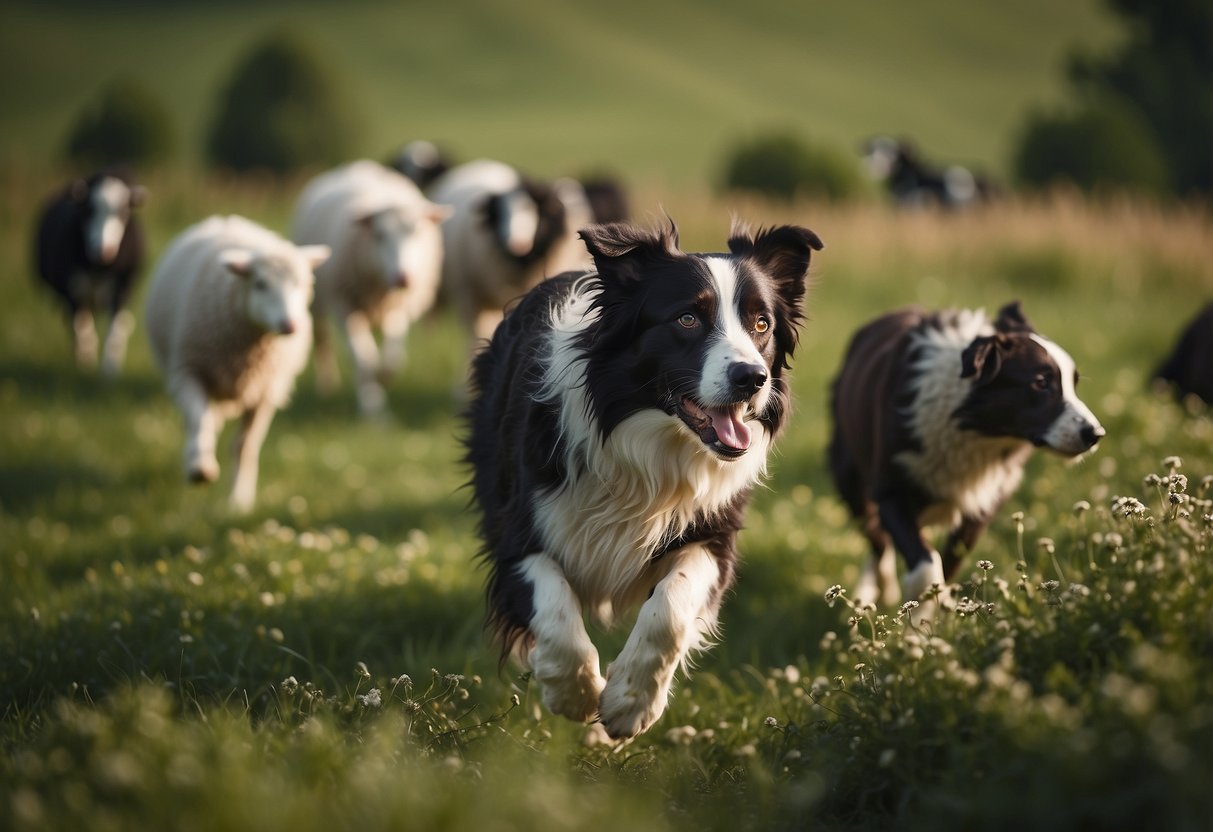
Border Collies are widely recognized as one of the most intelligent dog breeds. Their keen minds and high energy levels require constant mental and physical stimulation.
These dogs excel in various activities, including herding, agility, and obedience competitions. However, their intense drive and focus can make them challenging for inexperienced owners.
Border Collies need extensive daily exercise to stay happy and healthy. Without proper outlets, they may develop destructive behaviors or become anxious.
Their herding instincts can lead to nipping at the heels of children or small animals. This behavior requires early training and socialization to manage effectively.
Border Collies thrive on having a job to do and may become restless without a purpose. They often require multiple training sessions and activities throughout the day to remain content.
These dogs are highly sensitive to their environment and can be easily overstimulated. They may struggle in busy households or urban settings without proper management.
2. Australian Cattle Dog

Australian Cattle Dogs are highly intelligent and energetic working breeds. They require extensive physical and mental stimulation to stay content and well-behaved.
These dogs need at least 1-2 hours of vigorous exercise daily. Without proper outlets, they may become destructive or develop behavioral issues.
Australian Cattle Dogs have a strong herding instinct. This can manifest as nipping at heels or attempting to herd children and other pets.
Their high intelligence means they need constant mental challenges. Puzzle toys, training sessions, and complex tasks are essential to keep their minds occupied.
These dogs form intense bonds with their owners. They can become overly protective and may not get along well with strangers or other animals without proper socialization.
Australian Cattle Dogs have a strong prey drive. This makes them unsuitable for homes with small pets like cats or rabbits.
Their coat requires regular brushing to manage shedding. They also need consistent training and firm leadership to prevent them from becoming stubborn or dominant.
3. Siberian Husky
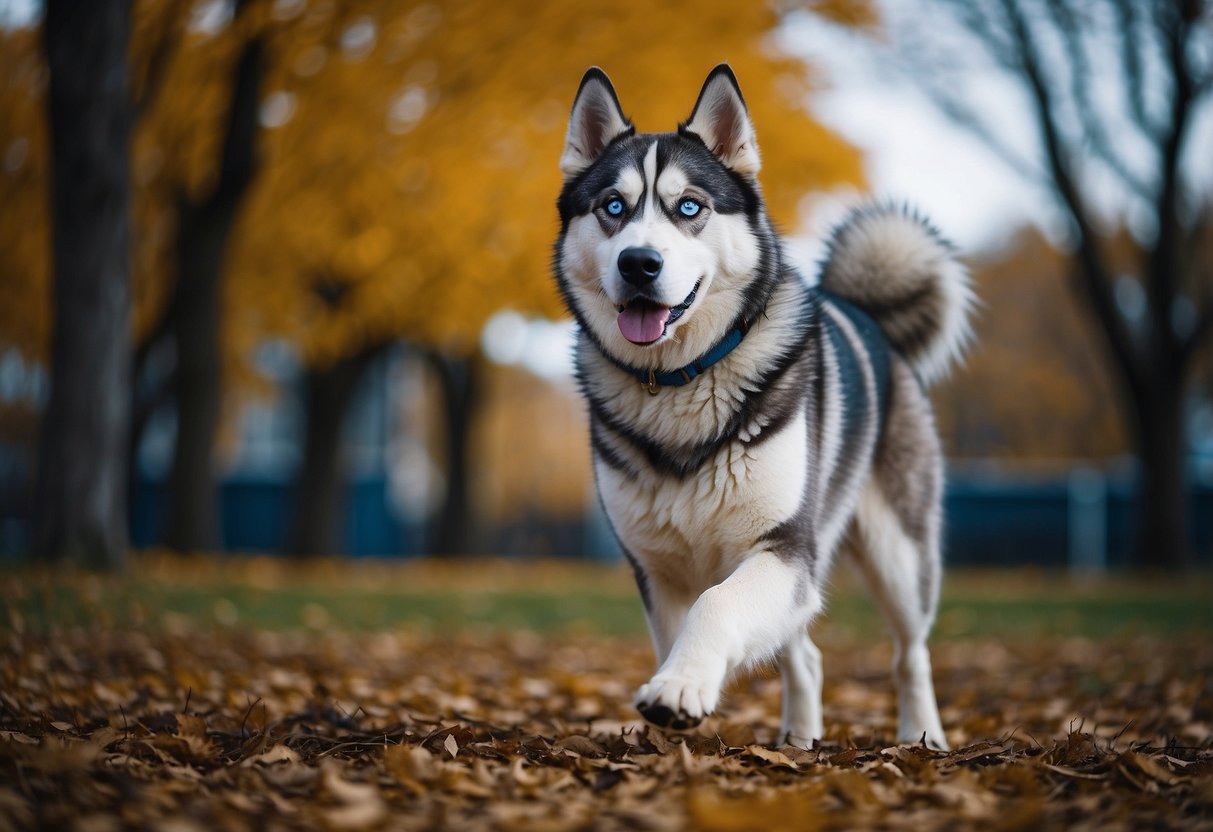
Siberian Huskies are known for their striking appearance and high energy levels. These medium-sized dogs require extensive exercise and mental stimulation to stay happy and healthy.
Huskies have a strong prey drive and tendency to wander, making secure fencing essential. They need daily walks, runs, or opportunities to play in a large, enclosed area.
Their thick double coat requires regular brushing, especially during shedding seasons. Without proper grooming, Huskies can leave fur all over the house.
These dogs are intelligent but can be stubborn, making training a challenge. Consistent, positive reinforcement methods work best with this independent-minded breed.
Huskies are vocal dogs, often expressing themselves through howls and “talking.” This trait may not suit those seeking a quiet companion.
Due to their pack mentality, Siberian Huskies can become destructive when left alone for long periods. They thrive on companionship and may not be suitable for owners who are frequently away from home.
4. Belgian Malinois
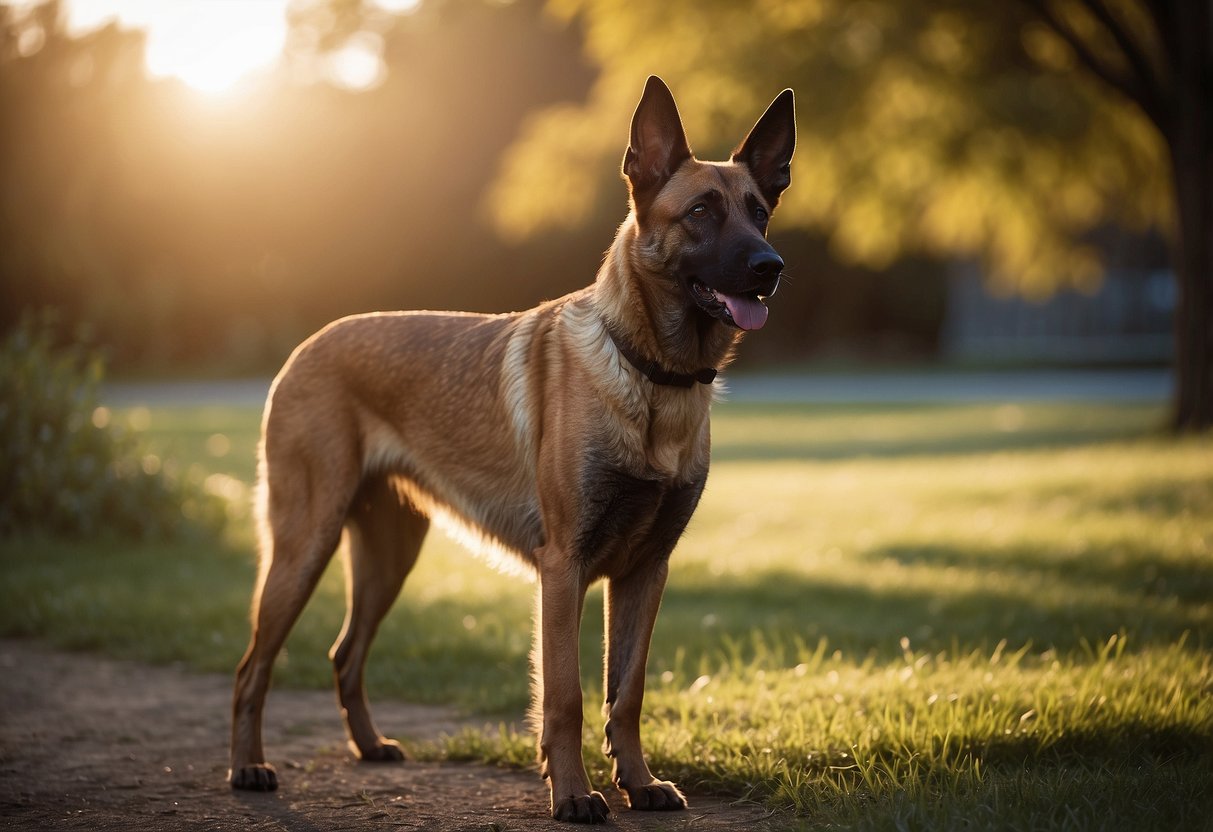
Belgian Malinois are high-energy working dogs known for their intelligence and intense drive. These dogs require substantial physical exercise and mental stimulation daily to prevent boredom and destructive behaviors.
Their strong herding and protection instincts make them excellent police and military dogs. However, these same traits can be challenging for inexperienced owners or those with limited time for training.
Belgian Malinois need consistent, firm training from an early age. They excel in obedience, agility, and other dog sports, but their high prey drive can make them difficult to control around smaller animals.
These dogs form strong bonds with their families and can be protective. Without proper socialization, they may become overly wary of strangers or exhibit aggressive tendencies.
Belgian Malinois are not well-suited for apartment living or sedentary lifestyles. They thrive in homes with large, securely fenced yards and owners who can provide ample exercise and engagement.
Regular grooming is necessary to manage their shedding. These dogs also benefit from having a job or purpose to channel their energy and intelligence effectively.
5. German Shepherd

German Shepherds are highly intelligent and versatile dogs, often used in police and military work. Their sharp minds require constant mental stimulation to prevent boredom and destructive behavior.
These dogs need significant daily exercise, typically 1-2 hours of vigorous activity. Without proper outlets for their energy, they may become restless or anxious.
German Shepherds are known for their strong protective instincts. This trait requires early socialization and consistent training to ensure they don’t become overly aggressive or territorial.
Their thick double coat sheds heavily, especially during seasonal changes. Regular brushing is necessary to manage shedding and maintain coat health.
German Shepherds are prone to certain health issues, including hip dysplasia and degenerative myelopathy. Regular veterinary check-ups and a proper diet are essential for their well-being.
These dogs form strong bonds with their families and may experience separation anxiety if left alone for long periods. They thrive on companionship and interaction with their owners.
6. Jack Russell Terrier
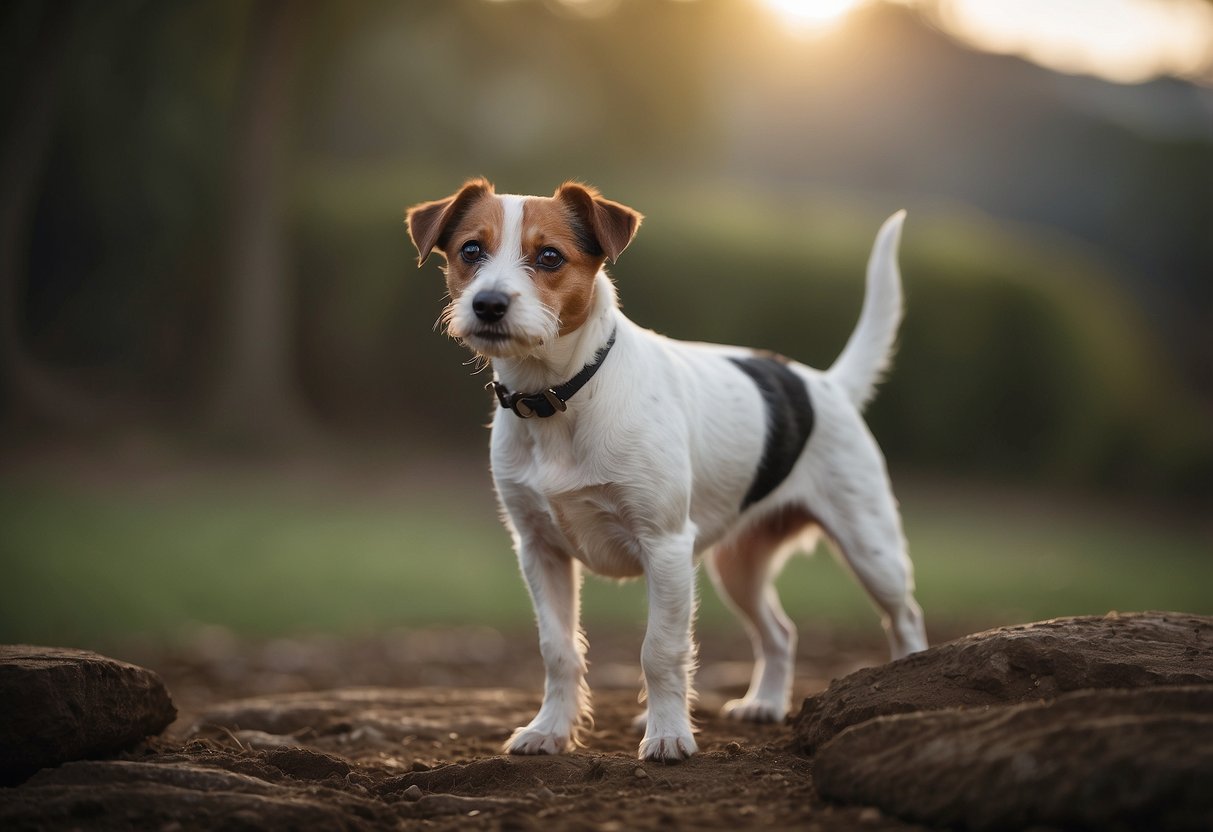
Jack Russell Terriers are small but mighty dogs known for their boundless energy and intelligence. These compact canines require significant physical and mental stimulation to thrive.
Daily exercise is crucial for Jack Russells. They need at least an hour of vigorous activity, such as running, playing fetch, or participating in agility training.
Mental stimulation is equally important. Puzzle toys, training sessions, and interactive games help keep their sharp minds engaged and prevent destructive behaviors.
Jack Russells have a strong prey drive and may chase small animals. Secure fencing and vigilant supervision are essential to keep them safe during outdoor activities.
These terriers can be vocal and prone to excessive barking. Consistent training is necessary to manage this behavior and ensure they don’t become a nuisance.
Jack Russells are independent thinkers and can be stubborn. They require firm, patient training from an experienced owner to establish good manners and obedience.
Their high energy levels and demanding nature make them unsuitable for sedentary lifestyles or inexperienced dog owners. Potential adopters should carefully consider their ability to meet the breed’s needs.
7. Dalmatian
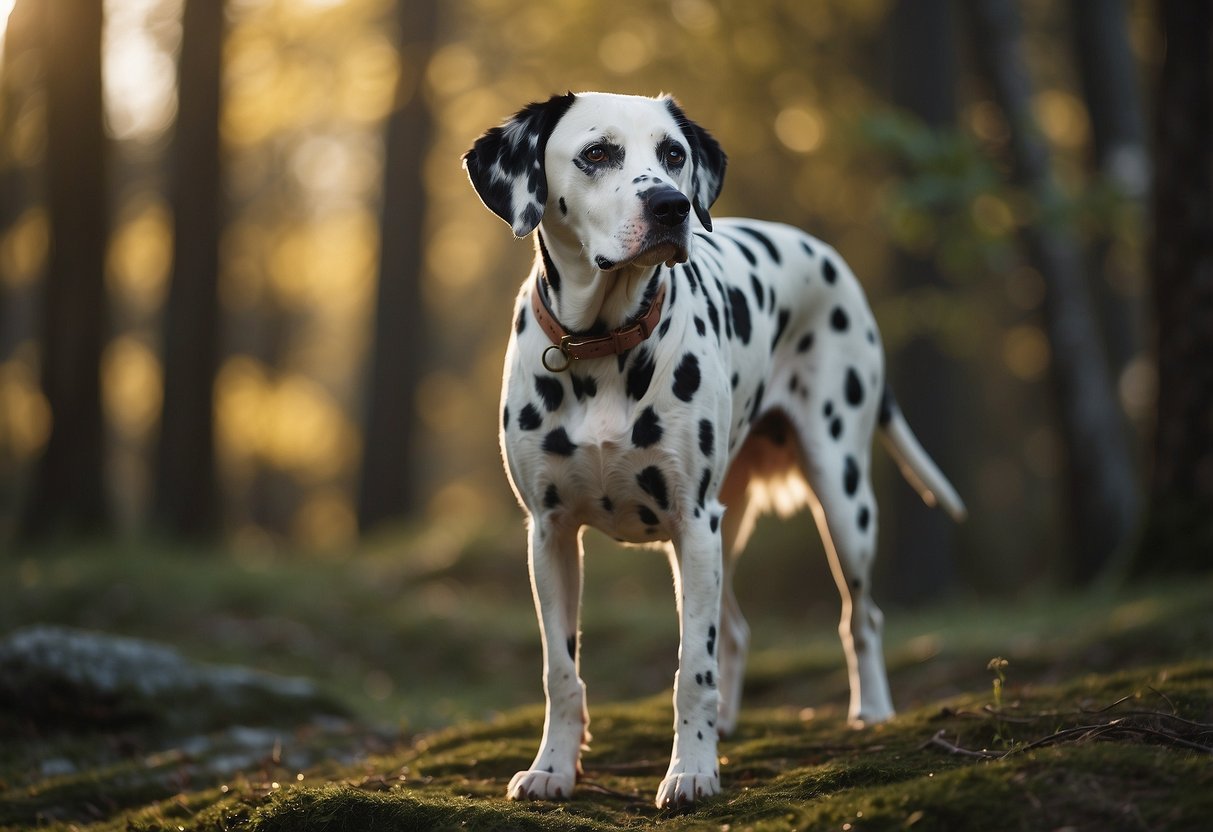
Dalmatians are energetic and athletic dogs that require significant exercise and attention. These spotted canines need daily physical activity to stay healthy and content.
Dalmatians are highly intelligent and benefit from mental stimulation. They thrive on interactive play and training sessions to keep their minds engaged.
These dogs have a strong protective instinct and may become territorial if not properly socialized. Early and consistent training is crucial for a well-behaved Dalmatian.
Dalmatians shed considerably throughout the year. Regular grooming is necessary to manage their shedding and maintain their coat health.
These dogs can be prone to separation anxiety if left alone for extended periods. They form strong bonds with their families and prefer constant companionship.
Dalmatians have specific dietary needs due to their unique metabolism. A carefully monitored diet is essential to prevent urinary tract issues common in the breed.
8. Weimaraner

Weimaraners are high-energy dogs that require significant physical and mental stimulation. These athletic and intelligent canines need extensive daily exercise to stay happy and healthy.
Weimaraners are known for their strong prey drive and hunting instincts. This can make them challenging to manage around smaller pets or in areas with wildlife.
These dogs form strong bonds with their families and can become anxious when left alone. They may develop separation anxiety if not properly trained and socialized from a young age.
Weimaraners are often described as “velcro dogs” due to their desire to be close to their owners at all times. This trait can make them demanding of attention and affection.
Training a Weimaraner requires consistency and patience. They can be stubborn and may test boundaries, especially during adolescence.
These dogs have a high exercise requirement. Without adequate physical activity, they may become destructive or develop behavioral issues.
Weimaraners shed moderately and require regular grooming to maintain their short, smooth coats. They also need frequent nail trims and dental care.
9. Vizsla
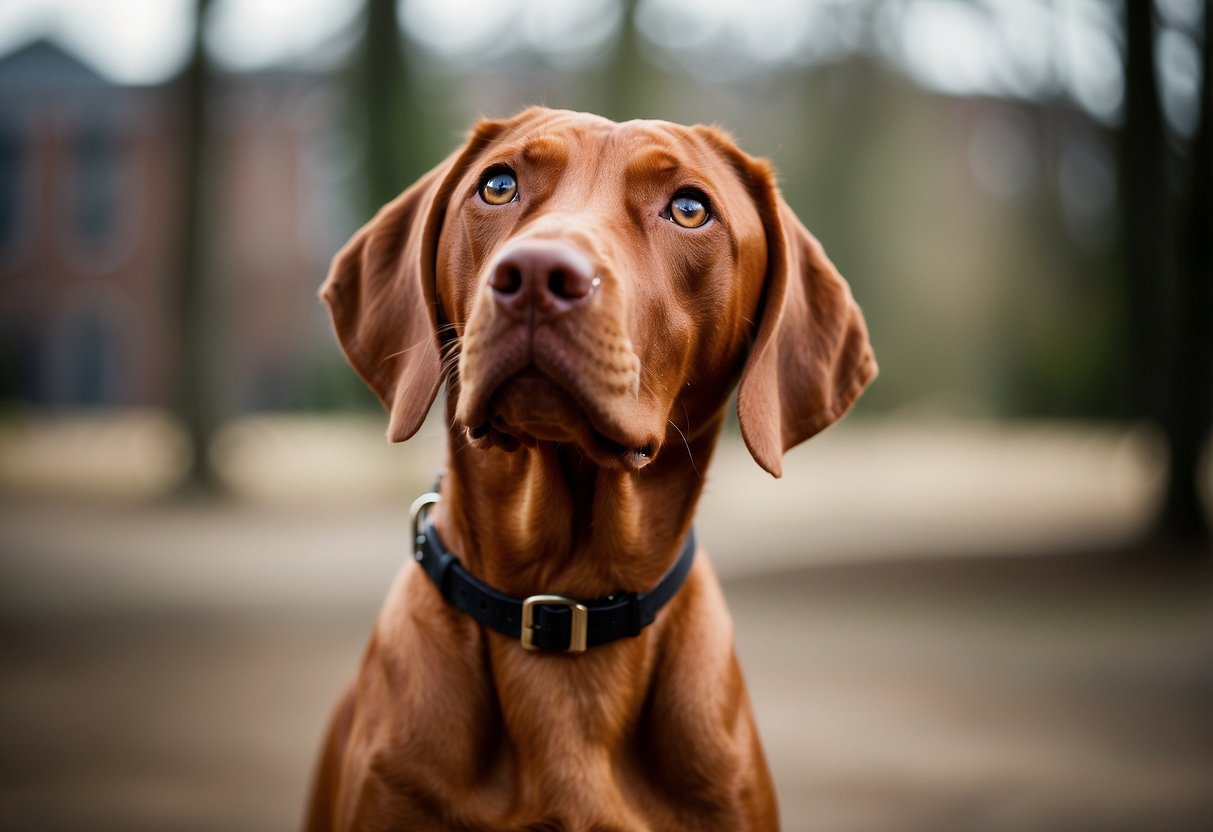
Vizslas are energetic Hungarian sporting dogs known for their athleticism and affectionate nature. These medium-sized canines require extensive daily exercise to maintain their physical and mental well-being.
Vizslas thrive on human companionship and often struggle with separation anxiety when left alone for long periods. They are frequently referred to as “velcro dogs” due to their tendency to stick close to their owners.
These intelligent dogs need consistent mental stimulation through training exercises and interactive play. Without proper outlets for their energy, Vizslas may become destructive or develop behavioral issues.
Vizslas have a high prey drive and may chase small animals if not properly trained. They require early socialization and obedience training to manage their instincts and ensure good behavior.
Regular grooming is necessary to maintain their short, smooth coat. Vizslas also benefit from frequent brushing to minimize shedding and keep their coat healthy.
Potential owners should be prepared for a dog that demands significant time, attention, and physical activity. Vizslas are best suited for active individuals or families who can provide ample exercise and engagement.
10. Airedale Terrier
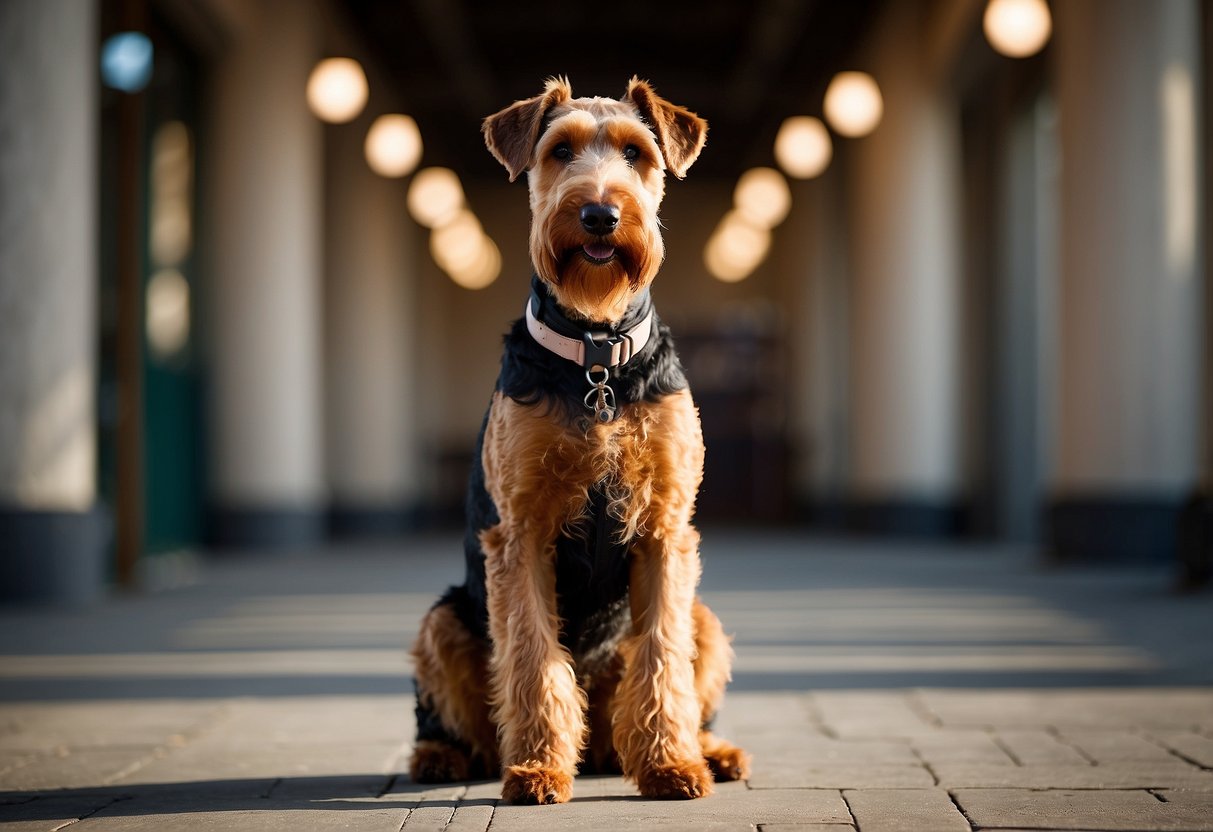
Airedale Terriers are known as the “King of Terriers” due to their size and commanding presence. These intelligent and energetic dogs require a substantial amount of exercise and mental stimulation to stay content.
Airedales have a strong prey drive and tend to chase small animals. This instinct can make them challenging to manage without proper training and socialization from an early age.
Their coat requires regular grooming, including brushing and trimming. Professional grooming every 6-8 weeks is often necessary to maintain their distinctive appearance.
These dogs are independent thinkers and can be stubborn at times. They need consistent, firm training to prevent them from becoming willful or disobedient.
Airedale Terriers have high exercise needs. Daily walks, playtime, and activities that challenge their minds are essential to keep them well-behaved and prevent destructive behaviors.
Their protective nature can lead to excessive barking if not properly managed. Early socialization is crucial to ensure they distinguish between genuine threats and normal occurrences.
11. Akita
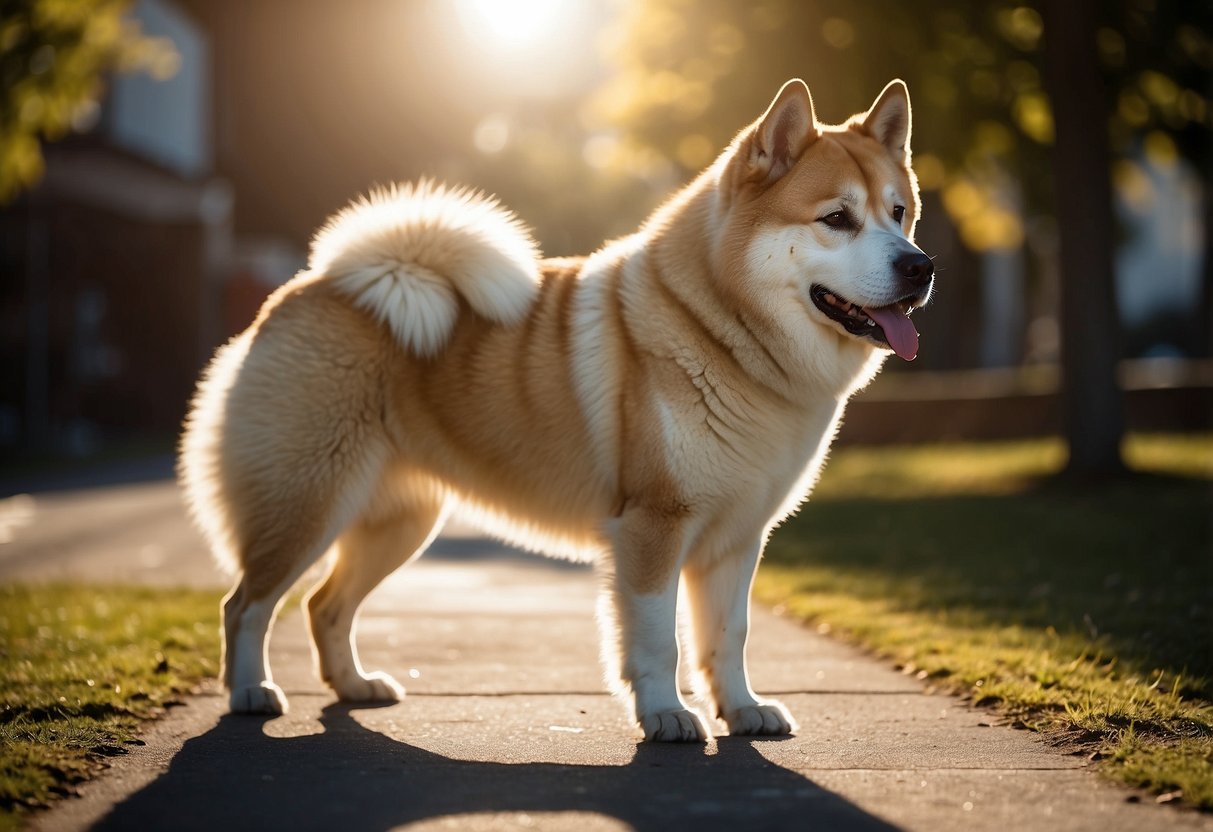
Akitas are large, powerful dogs known for their loyalty and protective nature. These Japanese breeds require experienced owners who can handle their strong-willed personalities.
Akitas need consistent training from an early age. They can be stubborn and challenging to train without proper guidance and patience.
These dogs have high exercise requirements. Daily walks and playtime are essential to keep them physically and mentally stimulated.
Akitas have thick double coats that shed heavily twice a year. Regular grooming is necessary to manage their shedding and maintain their coat health.
These dogs can be territorial and may not get along well with other pets, especially those of the same sex. Early socialization is crucial to help them become more accepting of other animals.
Akitas are prone to certain health issues, including hip dysplasia and autoimmune disorders. Regular veterinary check-ups and a proper diet are important for their well-being.
These dogs thrive on human companionship and may develop separation anxiety if left alone for long periods. They require dedicated owners who can provide ample attention and time.
12. Alaskan Malamute
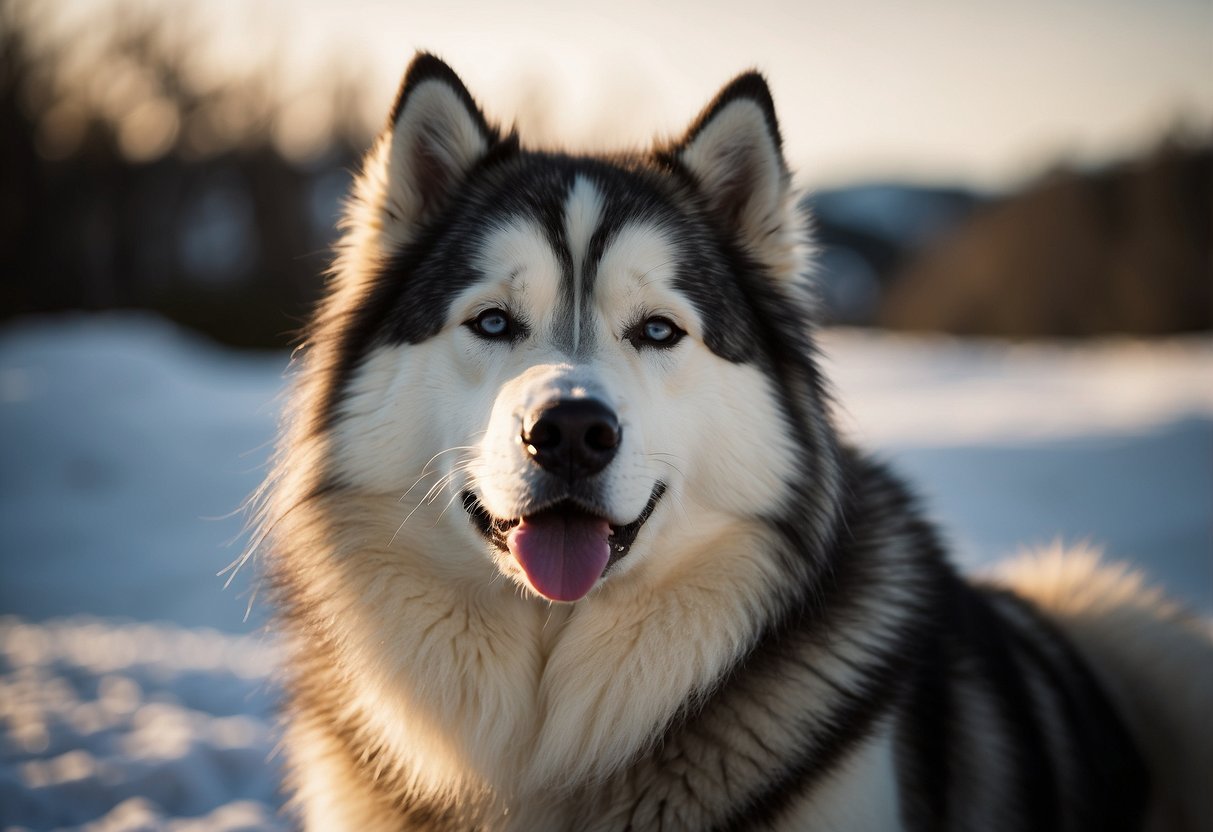
Alaskan Malamutes are large, powerful dogs bred for pulling heavy loads in harsh Arctic conditions. These majestic animals require extensive exercise and mental stimulation to stay happy and healthy.
Their thick double coat demands regular grooming to prevent matting and shedding. Owners should be prepared for frequent brushing sessions, especially during seasonal shedding periods.
Malamutes have a strong prey drive and may not be suitable for homes with small pets. They can be challenging to train due to their independent nature and stubborn streak.
These dogs thrive in cooler climates and may struggle in hot weather. Owners in warmer regions need to take extra precautions to prevent overheating.
Alaskan Malamutes are known for their vocalizations, including howling and “talking.” This behavior can be disruptive in apartments or neighborhoods with noise restrictions.
Their size and strength make them unsuitable for inexperienced dog owners. Proper training and socialization from an early age are essential to manage their powerful nature.
13. Beagle
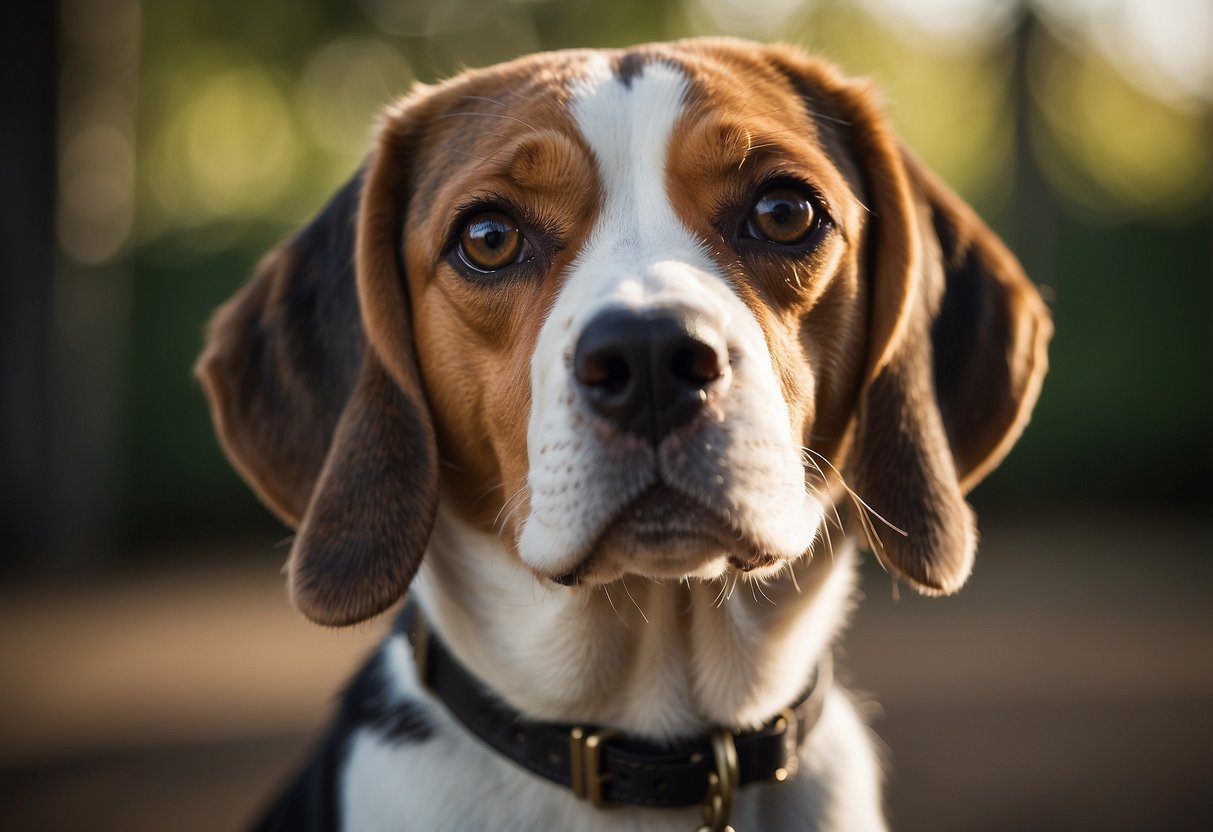
Beagles are popular dogs known for their friendly nature and adorable appearance. Despite their charm, they can be quite demanding pets. These scent hounds have a strong hunting instinct that can make them challenging to manage.
Beagles require extensive physical exercise and mental stimulation to stay content. Without proper outlets for their energy, they may become destructive or engage in excessive barking. Daily walks and playtime are essential for their well-being.
Training a Beagle can be difficult due to their independent nature and tendency to follow their nose. They can be easily distracted by interesting scents, making obedience training a test of patience for owners.
Beagles have a loud, distinctive howl that can be disruptive in quiet neighborhoods. Their vocal nature may not suit those living in apartments or seeking a quieter pet. Regular attention and companionship are crucial for Beagles, as they can develop separation anxiety if left alone for long periods.
These dogs also have a strong appetite and tendency to overeat, requiring careful portion control and supervision during mealtimes. Regular grooming is necessary to manage their shedding, which can be substantial during certain seasons.
14. Boxer

Boxers are energetic and playful dogs that require significant attention and exercise. These medium-sized canines have a high activity level and need daily physical and mental stimulation to stay happy and healthy.
Boxers are known for their boundless enthusiasm and can be quite demanding when it comes to playtime. They often exhibit puppy-like behavior well into adulthood, which means owners must be prepared for ongoing engagement.
Training a Boxer can be challenging due to their strong-willed nature. Consistent, positive reinforcement methods are essential to shape their behavior and prevent them from becoming unruly.
These dogs have a strong protective instinct and may become territorial if not properly socialized. Early and ongoing socialization is crucial to ensure they interact well with other pets and people.
Boxers are prone to certain health issues, including heart problems and hip dysplasia. Regular veterinary check-ups and a balanced diet are necessary to maintain their well-being.
15. Cane Corso

The Cane Corso is a large and powerful dog breed known for its strength and protective nature. These dogs require an experienced and dedicated owner to meet their demanding needs.
Cane Corsos need extensive socialization from an early age to prevent aggressive tendencies. They require consistent training and a firm hand to establish boundaries and ensure good behavior.
Physical exercise is crucial for this breed. Cane Corsos need daily vigorous activities to keep them mentally and physically stimulated. Without proper exercise, they may become destructive or develop behavioral issues.
Grooming demands for Cane Corsos are moderate. Regular brushing and occasional baths are necessary to maintain their short coat. They also require regular nail trims and dental care.
These dogs have a strong prey drive and may not be suitable for homes with small pets. They can be territorial and protective, requiring careful introduction to new people and animals.
Cane Corsos need a spacious living environment with a securely fenced yard. They are not well-suited for apartment living due to their size and exercise requirements.
Daily Exercise Requirements

High-energy dog breeds require substantial daily exercise to maintain their physical and mental well-being. Meeting these needs demands time, effort, and commitment from owners.
Time Commitment
Active dog breeds often need 1-2 hours of exercise per day. This can include walks, runs, or play sessions. Some breeds may require even more activity.
Owners must factor in time for multiple outings throughout the day. Morning and evening walks are essential, with additional playtime or training sessions in between.
Weekend activities like hiking or swimming can help fulfill exercise needs. Consistent daily routines are crucial for these demanding breeds.
Special Needs for Different Breeds
Working breeds like Border Collies and Australian Shepherds thrive on mental stimulation alongside physical exercise. They excel in activities such as agility, herding trials, or advanced obedience training.
Sporting breeds like Vizslas and Weimaraners need vigorous exercise. Long runs, fetch sessions, or swimming can help meet their high energy requirements.
Huskies and Malamutes benefit from pulling activities. Sledding or skijoring can provide both physical exertion and mental engagement for these breeds.
Terriers often enjoy digging and chasing. Providing safe outlets for these instincts, such as designated digging areas or lure coursing, can help satisfy their exercise needs.
Grooming and Maintenance
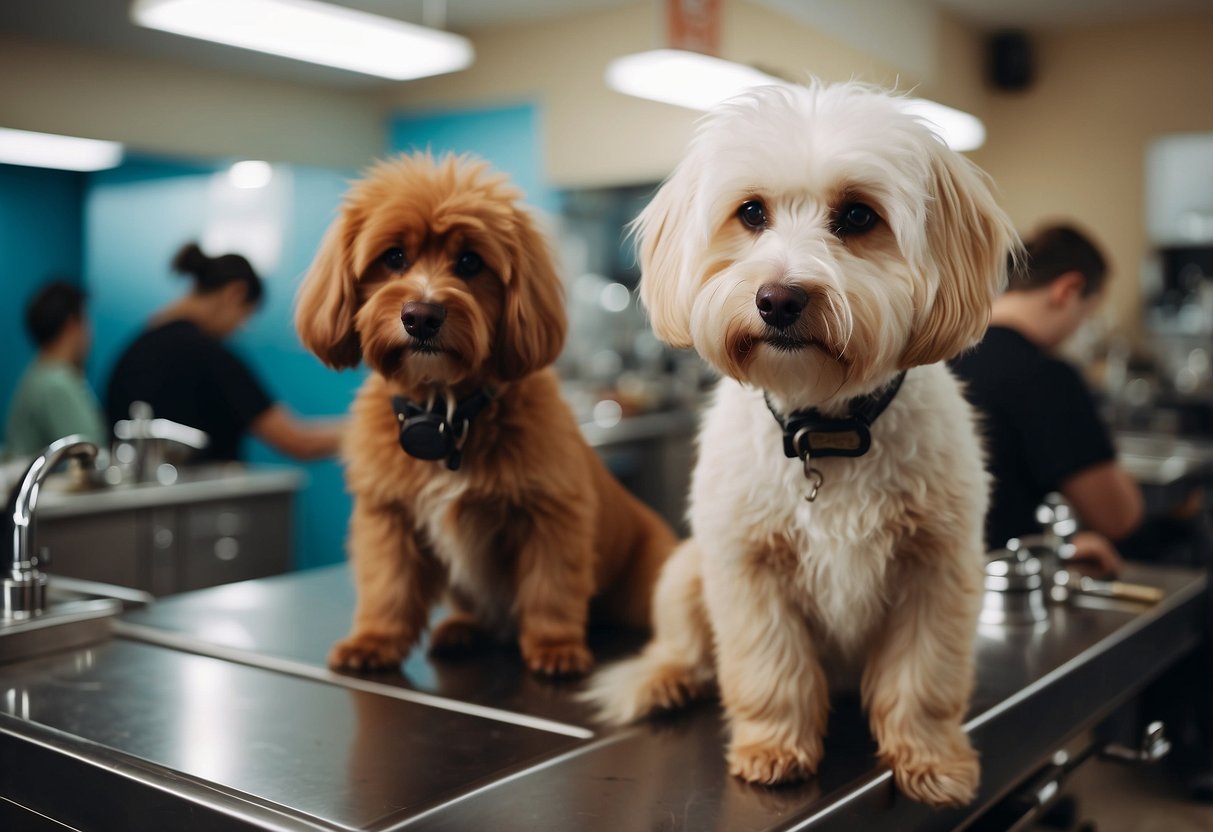
Demanding dog breeds often require extensive grooming and maintenance to keep them healthy and looking their best. These tasks can be time-consuming and costly for owners.
Frequency of Grooming
Some high-maintenance breeds need daily brushing to prevent matting and tangles. Poodles, for example, require frequent brushing and regular professional grooming every 4-6 weeks. Their curly coats can quickly become unmanageable without proper care.
Long-haired breeds like Afghans and Yorkies need daily brushing to prevent painful knots. Owners must also trim their fur regularly to maintain a neat appearance.
Certain breeds with wrinkled skin, such as Shar Peis and Bulldogs, need extra attention. Their skin folds must be cleaned and dried daily to prevent infections and odors.
Shedding and Hair Types
Heavy shedders like German Shepherds and Huskies can leave fur all over the house. They require daily brushing, especially during shedding seasons, to manage loose hair.
Double-coated breeds shed their undercoat twice a year, creating a fur explosion. This process, called “blowing coat,” can last for weeks and requires intensive grooming.
Some breeds, like Poodles and Bichon Frises, are considered hypoallergenic due to their low-shedding coats. However, these dogs still need regular grooming to prevent their hair from matting.
Wire-haired breeds such as Schnauzers and Wire Fox Terriers require hand-stripping to maintain their coat texture. This specialized grooming technique can be time-consuming and may require professional help.
Nutritional Needs

Demanding dog breeds often have specific dietary requirements and feeding schedules to maintain their health and energy levels. Proper nutrition is crucial for these high-maintenance canines.
Dietary Specifics
Demanding dog breeds typically require high-quality, nutrient-dense foods to support their active lifestyles. Protein is essential, with many needing diets containing 25-30% protein from sources like chicken, fish, or lamb.
Complex carbohydrates provide necessary energy, while healthy fats support coat health and cognitive function. These breeds often benefit from foods enriched with omega-3 fatty acids and glucosamine for joint health.
Some breeds have breed-specific nutritional needs. For example, large breeds prone to hip dysplasia may require calcium-controlled diets during puppyhood to support proper bone development.
Feeding Schedule
Demanding breeds often thrive on structured feeding routines. Many benefit from two to three meals per day, spaced evenly throughout the day to maintain consistent energy levels.
Portion control is crucial to prevent obesity, which can exacerbate joint issues in active breeds. The exact amount depends on the dog’s size, age, and activity level.
Some high-energy breeds may require additional snacks or small meals to sustain their activity. This can include training treats or low-calorie options like carrots or apple slices.
Consistent feeding times help regulate digestion and can aid in house training. It’s important to adjust the feeding schedule as the dog ages, accounting for changes in metabolism and activity levels.
Training Challenges
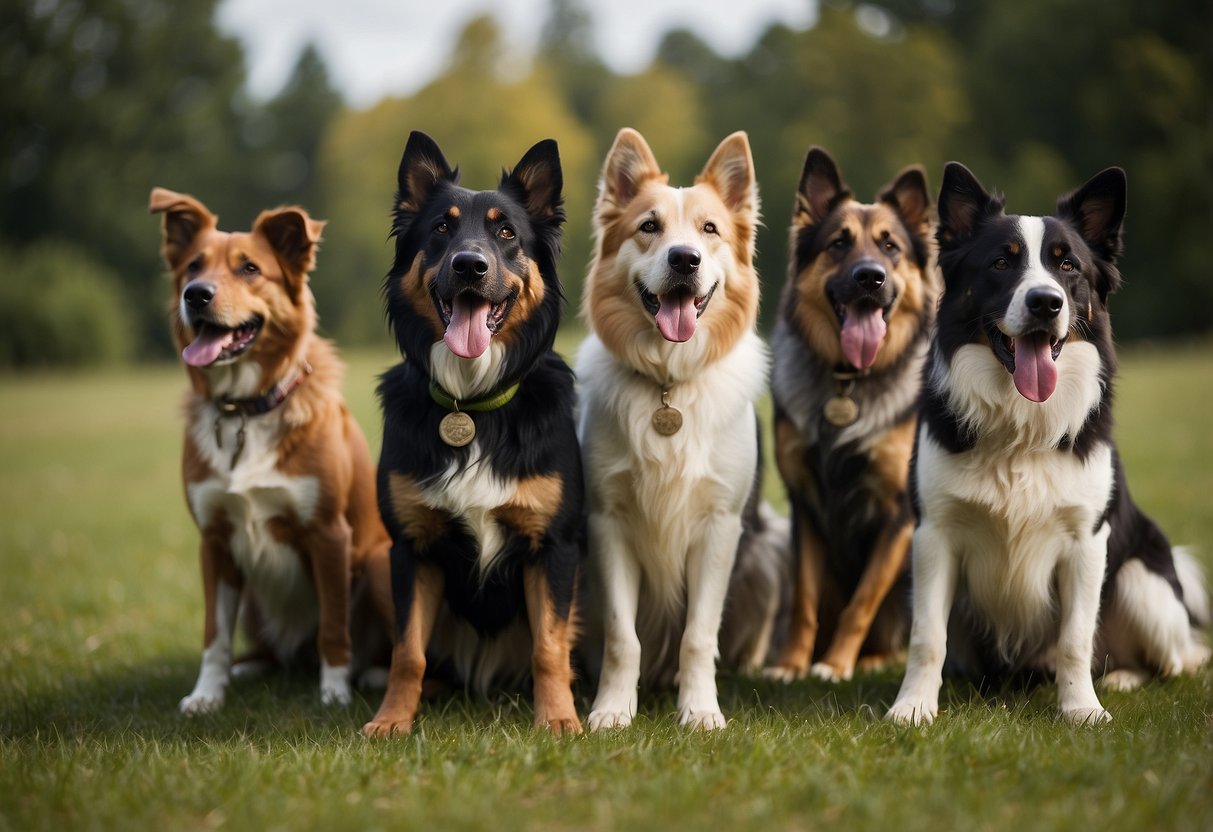
Certain dog breeds present unique training hurdles due to their temperament and intelligence. These challenges require owners to employ specific strategies and remain committed to the training process.
Behavioral Traits
Some breeds exhibit strong-willed or independent natures, making obedience training more difficult. Huskies, for example, have a notorious reputation for being stubborn and challenging to train. Their high energy levels and prey drive can lead to selective hearing when called.
Terriers often display tenacity and determination, which can translate to stubbornness during training sessions. Their natural instinct to chase small animals may override commands, requiring extra work to reinforce recall.
Intelligent breeds like Border Collies and Poodles may become bored with repetitive training methods. They need mental stimulation and varied exercises to stay engaged and responsive.
Consistency and Patience
Successful training of demanding breeds requires unwavering consistency from all family members. Mixed messages or inconsistent rule enforcement can confuse dogs and hinder progress.
Owners must commit to daily training sessions, even if progress seems slow. Breeds like Basset Hounds and Bulldogs may take longer to learn commands due to their laid-back nature or stubbornness.
Positive reinforcement techniques work best for most breeds, but some may require a firmer approach. Finding the right balance of rewards and corrections is crucial for effective training.
Patience is key when working with breeds prone to distraction, like Beagles with their powerful noses. Owners must be prepared to repeat commands and redirect attention frequently during training.


